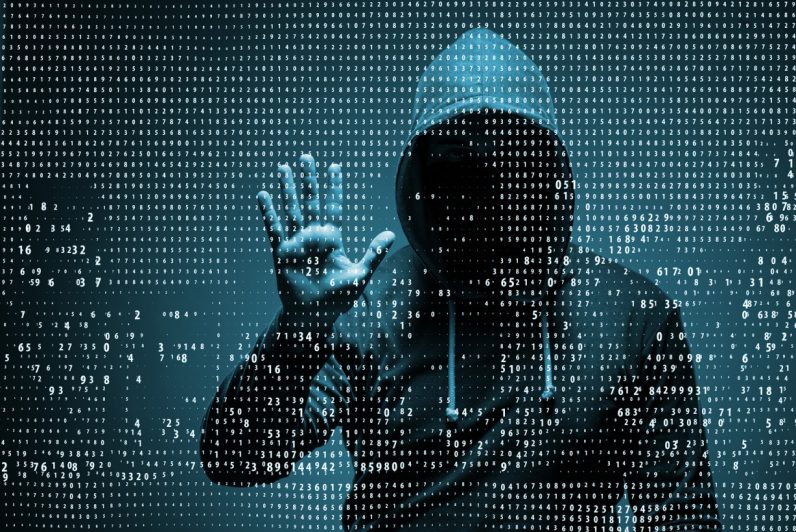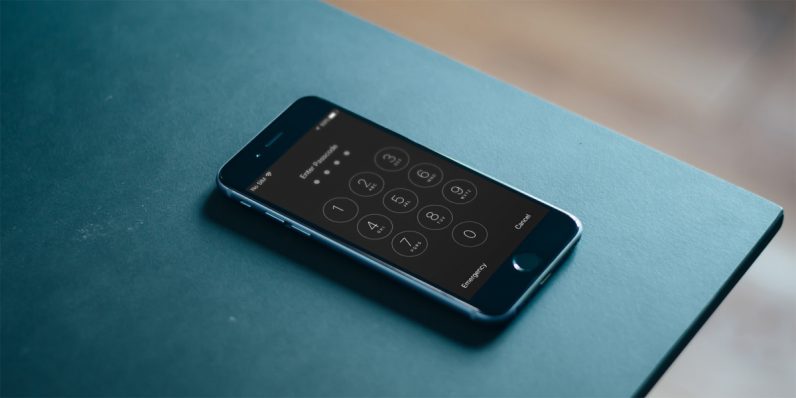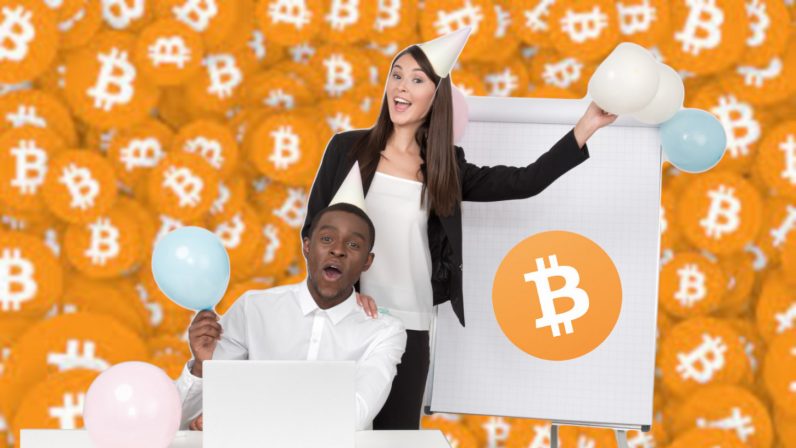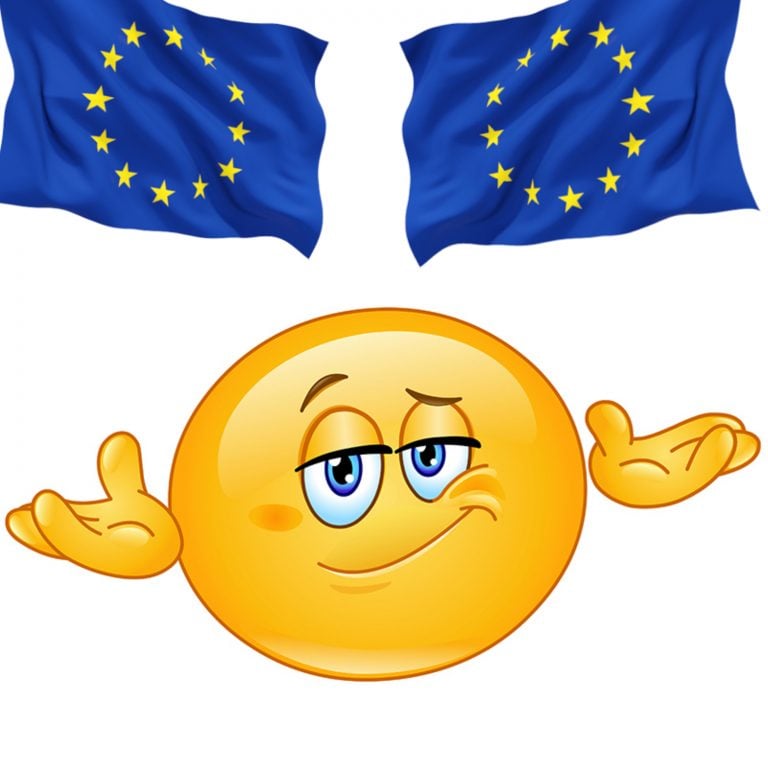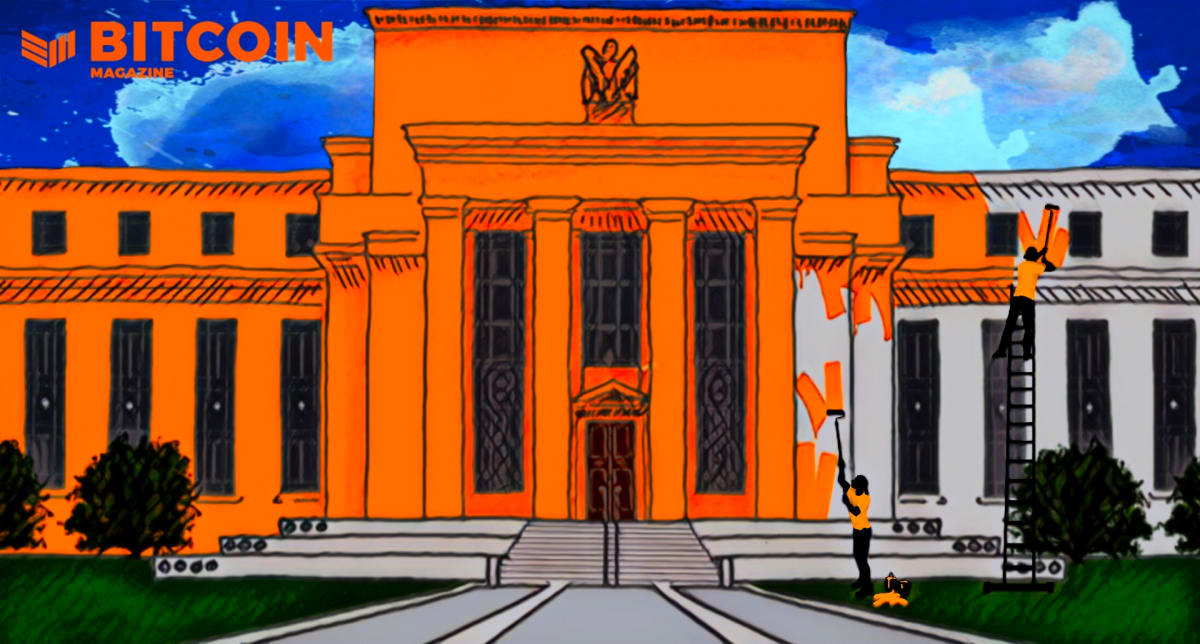
2021-10-27 02:30 |
The “Federal Reserve” is a story of insiders and outsiders, and the attempts of those in power to maintain and concentrate it.
The People And Events Who Have Shaped Today’s Federal Reserve Monetary System | Part IThis piece will delve into the creation of the Federal Reserve System, and the people and events who have shaped the monetary system into what it is today. Before we get started, one simple question that must be answered is, “What is the Federal Reserve System?” The answer may surprise you, as it is not federal and there are no reserves. The Federal Reserve banks are not even banks. They are private institutions designed and instructed to maintain and control the monetary policy of the United States.
How did the Federal Reserve System come to be? The answer to that requires a look back in time. Jekyll Island in Georgia was home to a secret meeting of the elites and in this meeting the idea of creating a Federal Reserve System was planned out. The birth of a banking cartel was conceived as well as the strategy to convince Congress to hand over the power of the purse to the Federal Reserve and convince the public that it was a government agency (when it wasn’t and still isn’t). Here is a look at some of the people that were involved in that meeting.
In 1910, Nelson Aldrich, Senator from Rhode Island, one of the most powerful men in the Senate and in Washington D.C. He was considered as a spokesman for big business and would frequent Wall Street. He was an associate of J.P. Morgan, and had extensive holdings in banking, manufacturing, and public utilities. His son-in-law was John D. Rockefeller, Jr. During that meeting he spent time with a few other elites, including:
According to the book, “The Creature From Jekyll Island” by G. Edward Griffin, “the mission of the meeting was to centralize wealth among the elites, as up to 25% of the world’s wealth resided in members of the elite Jekyll Island Club. In the United States, the two main focal points of this control were the Morgan group and the Rockefeller group. Within each group, there were a bevy of commercial banks, investment firms, and acceptance banks.”
The structure of this club was entirely a textbook cartel. A cartel is a group of independent businesses which coordinate production, pricing, and marketing to their members. The purpose of a cartel is to stifle competition and increase profitability. Thus sharing a monopoly over their shared interests, this cartel of bankers teamed up to ensure that their wealth, and subsequent power, could not be tested.
According to “The Creature From Jekyll Island,” “In 1910, the number of banks were increasing rapidly, and increasing competition; therefore, the established cartel’s monopoly that was being run by the Morgans, Rothschilds, and other prominent bankers was in jeopardy. By 1913, non-national banks made up 71% of the market and held 57% of the deposits. This was a trend that the cartel did not like and a reversal was needed.”
Therefore, the cartel met to discuss the plans to re-establish their grip on the monopoly that they were losing, and to address the challenges they were facing.
They identified ways to:
Stop the growing influence of small, rival banks and to ensure that control over the nation’s financial resources would remain in the hands of the Jekyll Island Club.Make the money supply elastic in order to reverse the trend of private capital formation and to recapture the loan market. Pool the reserves of the nation’s banks into one large reserve so that all major banks will follow.Point blame on the taxpayers should the financial system collapse at any point and shift losses from the owners of the banks to the taxpayers.Find a way to convince Congress that it was for the public’s best interest.At the time, the American public was skeptical of a cartel, knowing that for years prior, these same conglomerates were seeking to maintain influence all the way back to the Revolutionary War. The group knew that using the literal words “cartel” and “bank” would cause the public to push back against them. Warburg, who had extensive knowledge and because of such, became a dominant force within this group, came up with the term “Federal Reserve System” and he would subsequently work with Senator Aldrich to craft the Federal Reserve Act of 1913.
This brief look into history shows the flaws of our current system. One where we no longer are sovereign, our money is not sovereign and neither is our nation. We are subject to a cartel of bankers who have desires to use our money against us, and for surveillance, to limit our speech and access to information. The cartel exists solely to ensure their wealth, and all the while the taxpayers are footing the bill to keep these bankers afloat. 1971 was the final nail in the coffin, gaving the Federal Reserve System the power to print money, and to do so without adhering to the gold standard. There has never been an audit of the Federal Reserve and there never will be.
Following the market crash in 2008, taxpayers were blamed for the lending faults of the big banks that were “too big to fail.” This set the precedent that now whenever there is a financial calamity, the taxpayers not the bankers will foot the bill.
Subsequently in 2008 Satoshi Nakamoto issued the Bitcoin Whitepaper. This was pushback on the cartel and they knew it.
The central banking system will push back on those who hold bitcoin and they are going to lobby the politicians that they control to ensure that their power and their wealth remain unscathed. We are pawns in their game; bitcoin however gives us strength to push back on this establishment, and it gives us hope to endure what is to come. This financial establishment will not hand over the keys to the castle in peace: we must remain strong in our principles and do what we must to ensure a future that embraces sovereignty of not only ourselves, but our money and our nation.
Source
Griffin, G. E. (2010). “The Creature From Jekyll Island: A Second Look at the Federal Reserve” American Media.
This is a guest post by Shill Scale. Opinions expressed are entirely their own and do not necessarily reflect those of BTC, Inc. or Bitcoin Magazine.
Similar to Notcoin - Blum - Airdrops In 2024
Power Ledger (POWR) íà Currencies.ru
|
|




